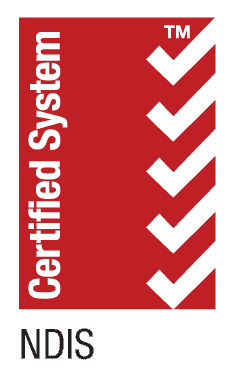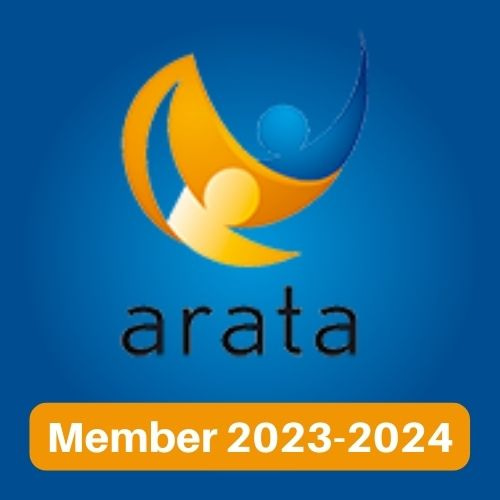Home modifications, whether funded by NDIS or other insurance schemes, My Aged Care or self-funded, can help you or your loved one to use the home more easily and safely. But what if there was another way? What if home modifications aren’t an option? What else can be done?
In my time as an occupational therapist, and particularly in my recent role working with people with progressive neurodegenerative conditions and in palliative care, I have seen may times when home modifications are not the answer. Here are some points for you to consider if you are thinking about home modifications for yourself or your loved one:
This is perhaps the biggest reason I find that home modifications are not the solution. When we begin talking about home modifications, I will usually ask you two questions:
The reality is that if you are wanting your home modifications to be funded by an insurance or government funding scheme, there is an approval process which takes time. Will you still need these modifications 6, 12 or 18 months down the track when approval has been granted and the modifications complete? Or can your Occupational Therapist suggest using Assistive Technology (a.k.a. equipment or adaptive aids) to get you through to a time when you return to your previous function?
Aesthetics is a valid consideration. For some, their home and how it looks is an immense sense of pride. Whilst options for home modifications have vastly improved over the years, (check out this gorgeous range of matt black grab rails and shower bench from Con Serv) sticking a grab rail beside the toilet may not be in your interior design or meet your feng shui ideals. Having your home feel like a home is important and it may be that your occupational therapist can look at assistive technology or equipment alternatives to grab rails and other minor modifications in some scenarios. This equipment can be put away when you are not using it, leaving the home looking more pleasing to some.
Is your home a rental? Are you thinking of selling in the near future? This is especially important for NDIS funding. NDIS will only fund, for example, a bathroom modification once, so if you are likely to need to relocate from your rental, or planning on moving homes, assistive technology may be better to meet your needs without home modifications.
The decision to have your home modified is complex, with many factors to be considered. Your occupational therapist will talk to you to find out what you want and what suits you best to make your home the most Capable Space it can be for you!
No matter what our abilities, we are all human, with needs that are important to us.Sex can mean a lot of things to a lot …
As the world is beginning to open up again after the COVID-19 lockdown, many people in the community are still feeling the effects of isolation. …
Over time I’ve observed a lot of mixed messages regarding timeframes for Complex Home Modifications (CHM) for NDIS participants. Different service providers will suggest different …
Common phrases that are thrown around a lot these days, is wellness and self-care, but have you ever stopped to ask yourself why this is …






Phone: (02) 4081 0817
Address: 262 Main Road Cardiff, NSW 2285
ABN 74 625 158 983 | AHPRA Registration: OCC0001714241
Enter your details to express interest in our AT Framework course for 2024.
"*" indicates required fields
Enter your details to express interest in our Community Fundamentals courses for 2024.
"*" indicates required fields
Fill out the form below and one of our team will call you back within 24 hours.
"*" indicates required fields